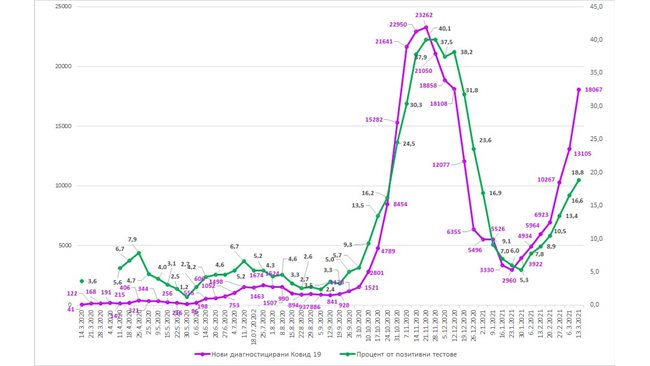The ancient city of Stratonikeia (Stratonicea), located in Yatağan district in Muğla province-west of Turkey– and since 2015 candidate for World Heritage by UNESCO, it houses the history of the passage of several civilizations; among them the romans, who left in it a sample of how they tried to fight against inflation.
Founded by the king of Seleucid Empire -successor to the empire of Alexander the Great– Antiochus I Soter in honor of his wife Stratonice, the city prospered under the rule of the Roman empire and from this time some of its most impressive constructions date, including the theater and the Serapeum, the temple dedicated to Serapis.
In the old bouleuterion, the place where the assembly of the city met, inscriptions are found both in greek language -speaked mostly in the eastern provinces of the empire- as in Latin, the official language. One of the inscriptions in Greek that can still be seen today dates from the Hellenistic period and is a calendar marking the year 1505: if it continued to be used today, today we would be around the year 3500.
Among the Latin-language inscriptions, it is interesting to see how the Roman authorities tried to cope with the galloping inflation that plagued the Roman Empire around AD 300, and which led to emperor Diocletian to issue in 301 its famous Edict on Maximum Prices (Things command Pretiis Venalium), which established the maximum cost of hundreds of products as well as the labor to produce them.
The Edict of Maximum Prices of the emperor Diocletian tried to curb prices
“To keep inflation under control, a maximum price list”Explains Bilal Söğüt, head of the archaeological excavation team in Stratonikeia; the price list shown in the inscriptions in the bouleuterion of the city includes more than 200 products, and represent a sample of how the society of that time tried to cope with inflation. “The system on which producers and consumers relied at that time is directly mentioned here,” Söğüt emphasizes.
History would show that this vain attempt to control inflation by imposing price caps it would not be very successful: the main problem of the economy of the Roman Empire was the devaluation of its currency, caused by the loss of resources in the provinces by and the increase of the expenses of the Administration, especially those of the Roman army.
In the end, the marked prices were so low that the edict caused these products to stop being marketed, to be sold on the black market, or to be traded using the barter instead of currency, weakening the mercantile economy and commerce in the cities. As the edict also stated maximum wages, many social classes and especially the soldiers got poorer, losing their purchasing power and increasing instability.
But Stratonikeia is not known only for inscriptions like this one that show how the Romans fought against inflation; Its main fame is due to the fact that for a few years it has been known worldwide as the “City of Gladiators”, Because excavations have shown that this was where famous gladiators retired to liveIn fact, the city is home to the largest gladiatorial necropolis in all of Turkey.
–


